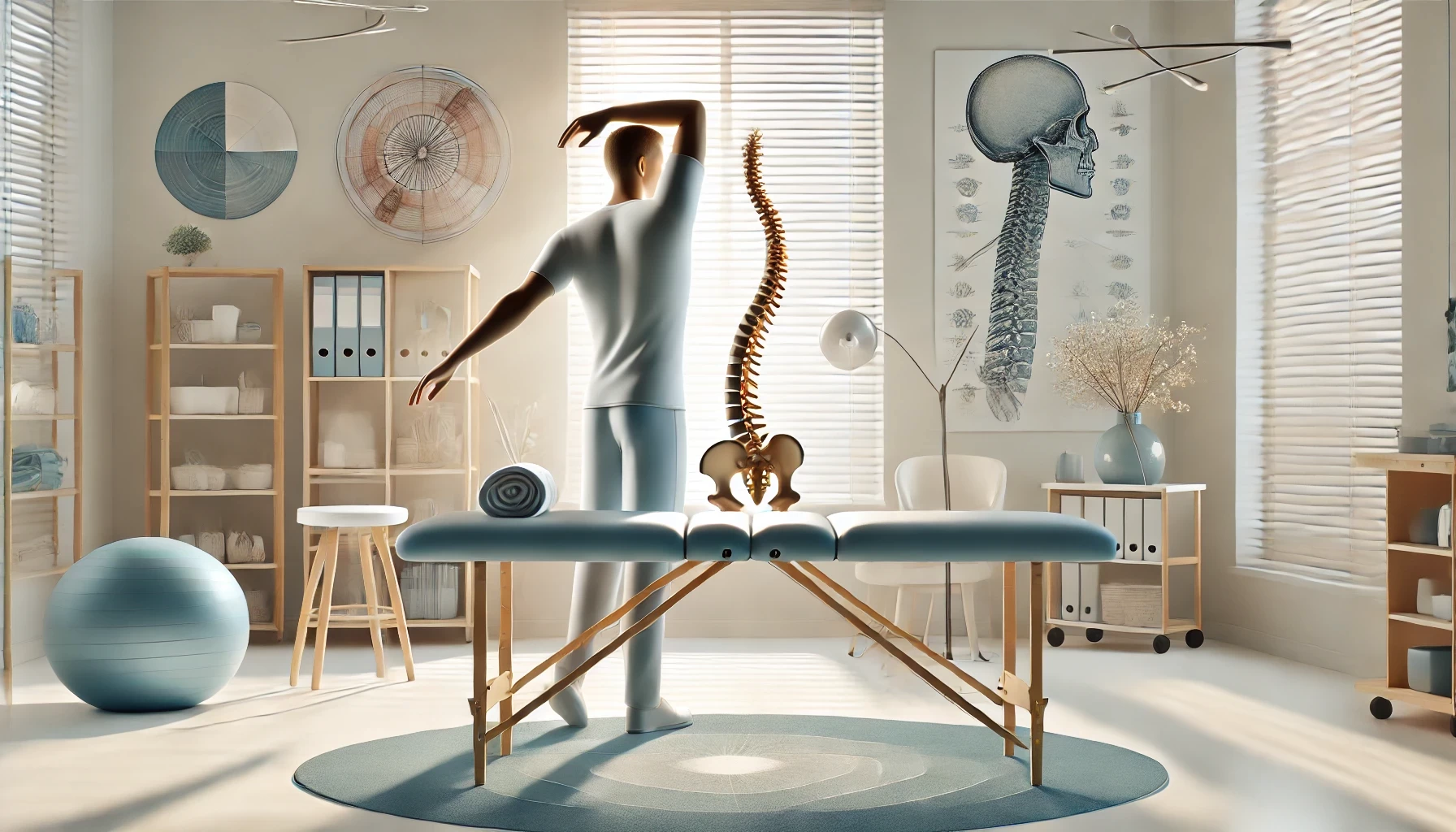
PHYSIOTHERAPY AND ITS EFFECT ON CERVICAL SPONDYLOSIS AND LOWER BACK PAIN
<p>This blog provides an in-depth look at cervical spondylosis and low back pain, highlighting their causes, symptoms, and the impact of a sedentary lifestyle. It emphasizes the benefits of physiotherapy in managing these conditions through pain relief, posture correction, strengthening exercises, and lifestyle education. The blog also offers practical tips for prevention, encouraging an active lifestyle, good posture habits, and ergonomic support to maintain spinal health and overall well-being.</p>
Understanding Cervical Spondylosis and Low Back Pain: The Role of Physiotherapy and Lifestyle
As our lifestyles grow increasingly sedentary in the modern era, musculoskeletal issues like cervical spondylosis and low back pain are becoming alarmingly common. These conditions not only impact physical health but also affect overall quality of life, productivity, and emotional well-being. Let’s explore these conditions, the role sedentary habits play, and how physiotherapy can help manage and alleviate symptoms effectively.
What is Cervical Spondylosis?
Cervical spondylosis, also known as neck arthritis, refers to the degeneration of the discs, joints, and bones in the cervical spine (neck area). While this condition is most commonly age-related, it is increasingly seen in younger individuals due to prolonged poor posture and extended use of electronic devices. Common symptoms include:
- Neck pain and stiffness
- Headaches originating from the neck
- Tingling or numbness in the arms and hands
- Weakness in the upper limbs
- Reduced range of motion in the neck
Understanding Low Back Pain
Low back pain affects millions worldwide and is one of the leading causes of disability. It can result from muscle strain, ligament sprain, herniated discs, or degenerative changes in the lumbar spine. Symptoms of low back pain may include:
- Dull or sharp pain in the lower back
- Difficulty standing, walking, or sitting for extended periods
- Muscle spasms
- Radiating pain into the legs (sciatica)
The Impact of a Sedentary Lifestyle
A sedentary lifestyle is a significant contributor to both cervical spondylosis and low back pain. Prolonged sitting, slouching, and lack of physical activity place excessive strain on the spine, leading to muscle imbalances, reduced flexibility, and poor posture. Over time, these factors accelerate wear and tear on the spinal structures, making individuals more susceptible to pain and discomfort.
Moreover, reduced movement limits blood circulation to the spine, impairing its ability to repair and rejuvenate. Weight gain, another consequence of inactivity, adds further stress to the spinal column, exacerbating symptoms.
How Physiotherapy Can Help
Physiotherapy is a cornerstone of non-invasive treatment for both cervical spondylosis and low back pain. It not only addresses pain but also improves mobility, strength, and function. Here’s how:
1. Pain Management
Physiotherapists use techniques such as heat therapy, cold packs, ultrasound, and transcutaneous electrical nerve stimulation (TENS) to alleviate pain and reduce inflammation.
2. Posture Correction
Physiotherapy sessions emphasize correcting poor posture through exercises and ergonomic advice, alleviating strain on the neck and lower back.
3. Strengthening and Stretching Exercises
Specific exercises are prescribed to strengthen the core, neck, and back muscles while improving flexibility. These exercises stabilize the spine, reduce pressure on discs, and prevent future injuries.
4. Manual Therapy
Hands-on techniques such as mobilization, manipulation, and soft tissue massage improve joint function, release muscle tension, and enhance spinal alignment.
5. Education and Lifestyle Advice
Physiotherapists offer guidance on maintaining an active lifestyle, proper lifting techniques, and workplace ergonomics to prevent further strain on the spine.
Tips to Prevent Cervical Spondylosis and Low Back Pain
While physiotherapy is highly effective, prevention is always the best strategy. Here are some tips:
- Stay Active: Incorporate regular physical activity like walking, swimming, or yoga into your daily routine.
- Practice Good Posture: Maintain a neutral spine while sitting, standing, or working.
- Take Breaks: Avoid prolonged sitting by taking short breaks to stretch or move every 30-60 minutes.
- Use Ergonomic Furniture: Invest in a supportive chair and desk setup.
- Maintain a Healthy Weight: A balanced diet and exercise can help reduce strain on the spine.
- Stay Hydrated: Adequate hydration keeps spinal discs healthy.
Conclusion
Cervical spondylosis and low back pain can significantly impact your daily life, but they are manageable with the right approach. Physiotherapy offers a comprehensive solution to alleviate pain, improve mobility, and restore function. Combined with an active lifestyle and good posture habits, you can protect your spine and enhance your overall well-being.
Don’t let pain hold you back—consult a physiotherapist today and take the first step toward a healthier, more active life!
- Popular Tag:
- PHYSIOTHERAPY
- CERVICAL SPONDYLOSIS
- LOWER BACK PAIN
- DOCTORTOHOME


Comment (0)